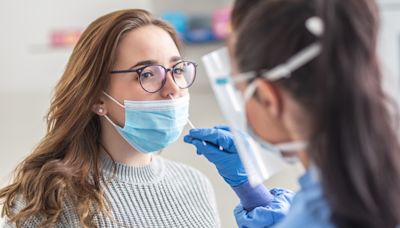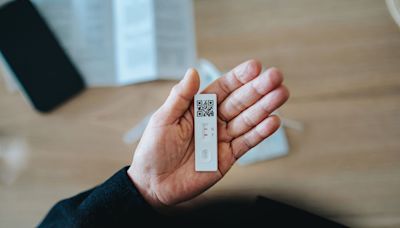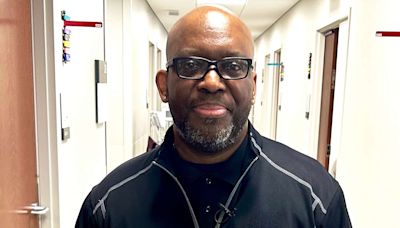Search results
Mar 1, 2024 · The CDC’s new guidance now matches public health advice for flu and other respiratory illnesses: Stay home when you’re sick, but return to school or work once you’re feeling better and you’ve been...
Mar 15, 2024 · Since December 2021, the agency had recommended individuals isolate for at least five days after developing symptoms of COVID-19, or after a positive test if asymptomatic. After five days,...
At least 7 days have passed since the date of their first positive viral test if a negative viral test* is obtained within 48 hours prior to returning to work (or 10 days if testing is not performed or if a positive test at day 5-7). *Either a NAAT (molecular) or antigen test may be used.
Return to Work. Testing for COVID-19. Training. Vaccine Related. Worker Protection Concerns. Open/Close All. General Information. What are best practices that all employers should consider taking to protect workers regardless of vaccination status?
• If you are vaccinated and not immunosuppressed, you cannot return to work until after day 7 [at the earliest] after symptom onset . • If you are unvaccinated and not immunosuppressed, you cannot return to work until after day 10 [at the earliest] after symptom onset.
Aug 11, 2022 · Recommending that if you test positive for COVID-19, you stay home for at least 5 days and isolate from others in your home. You are likely most infectious during these first 5 days. Wear a high-quality mask when you must be around others at home and in public.
Dec 23, 2021 · Health care workers with COVID-19 who are asymptomatic can return to work after 7 days with a negative test, and that isolation time can be cut further if there are staffing shortages. Health care workers who have received all recommended COVID-19 vaccine doses, including a booster, do not need to quarantine at home following high-risk exposures.








